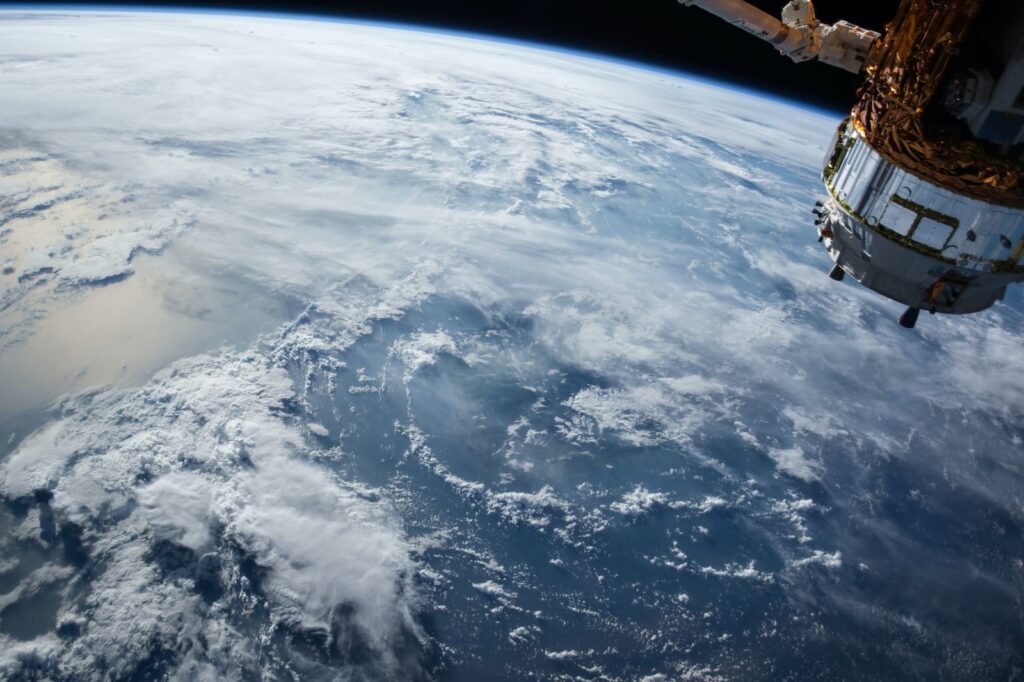NASA & Google are improving local air pollution monitoring
Regional governments are promised more effective tools to help protect the public with a greater understanding of their atmosphere.
NASA and Google are broadening their existing air pollution monitoring partnership in a bid to help local policymakers improve monitoring and prediction efforts. It is hoped this will lead to better decision-making as a result of having more accurate and in-depth information on what populations are breathing in.
The move will see work undertaken to develop more advanced machine learning algorithms capable of linking NASA and Google Earth Engine data streams, which will make it possible to develop high-resolution air quality maps in near-real-time.
The so-called Annex Agreement will last for two years, and builds on existing research collaborations between the organisations, essentially increasing the amount of information gleaned by NASA satellites that can be stored on Google Cloud Platform and Google Earth Engine.
Two new data sets have initially been added, one from the Goddard Earth Observing System Composition Forecasts (GEOS-CF), and another from the Modern-Era Retrospective analysis for Research and Applications, Version 2 (MERRA-2). Once effective, analysts can expect access to city-scale estimations and forecasting on harmful pollutants, delivered almost instantly.
‘We’re thrilled about our partnership with NASA to make daily air quality more actionable at a local level,’ said Rebecca Moore, director at Google Earth, Earth Engine and Outreach at Google.
‘Environmental insights, like high resolution air quality maps, can be useful tools for cities and community organisations who can take action on climate and health in their neighborhoods,’ she continued. ‘This scientific research partnership with NASA will help us improve the resolution, validation and the usefulness of air quality maps in both space and time — giving everyone more data for decisions towards cleaner air.’
Revisit our interview with NASA’s Deputy Programme Applications Lead for the Multi-Angle Imager for Aerosols (MAIA) mission, Abigail Nastan, from earlier this year.
Image: NASA


















Leave a Reply